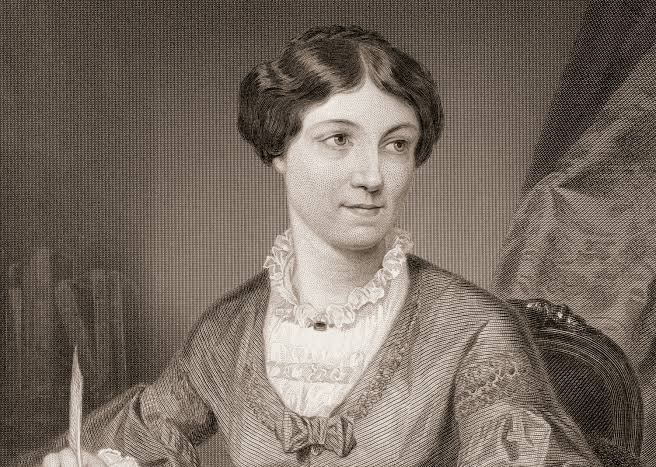Note: If you wish to receive, via e-mail, (1) my weekly newsletter or (2) daily copies of these posts, write to me at rrbates1951@gmail.com. Comments may also be sent to this address. I promise not to share your e-mail with anyone. To unsubscribe, write here as well.
Tuesday
An article in Literary Hub by literary scholar John MacNeill Miller has introduced me to a fascinating British novelist from the 19th century that I didn’t know about. Harriet Martineau, he contends, “foresaw ecology, environmentalism, and realist fiction.”
Miller notes that we’ve long known that Victorian novelists “pioneered the use of storytelling to reveal interwoven social networks,” a strategy that we see in everything from Zadie Smith’s White Teeth to David Simon’s The Wire. What sets Martineau apart, however, is how she shows people’s lives impacted by changes, not just in other people, but in the environment. He points out that her stories involve “lives upended by unexpected patterns of rainfall, by the felling of trees, by the importing of new crops, and by the movements of fish.”
In short, Martineau’s work is ecological along with being sociological. More than another other novelist he can name, Miller says, she looks into “the entanglements that draw the fates of humans together with those of trees, water, grain, cattle, and fish.”
What is significant about this? Miller says that “it wasn’t until the late twentieth century and the rise of environmentalism that novelists began, slowly, to reconnect their stories of human lives to the material changes in the nonhuman world around them.” He finds Martineau remarkably astute when it comes to recording “the surprising ways interspecies connections affect us all.”
Miller attributes this sensitivity to Martineau’s relationships with political economist Thomas Robert Malthus and biologist Charles Darwin, two men who studied environmental shifts. This focus leads to “intricate interspecies plotting” that “far exceeds the simplistic moral and economic lessons she tags onto the end of each novella.”
Think of it this way: Rather than focus on individuals’ emotional and mental lives, which is what we normally expect from novels, Martineau’s stories instead look at “the extent to which all our lives are shaped by circumstances beyond our control, circumstances that arise from both human and nonhuman events unfolding around us.” They focus more on human exteriority than interiority.
As a result, we begin to notice “all the ways humans are bound into much larger networks of beings.” And when we do so, we elevate the nonhuman world, which is normally consigned to the margins. We stop “treating plants and animals as mere surroundings with little impact on the stories of our lives.”
Miller concludes,
By downplaying all the widely glorified aspects of being human, Martineau refocuses readers’ attentions on all the ways humans are bound into much larger networks of beings. She reminds us that our individual and communal lives are not really so different from the lives of the animals and plants who share our planet. And in this age of extinction, that is a lesson we still desperately need to learn.
Although Martineau’s work has largely been forgotten, it was much admired in its time by writers such as Charles Dickens and George Eliot. Miller recommends novels Illustrations and Deerbrook as must reading in this era of climate change.


